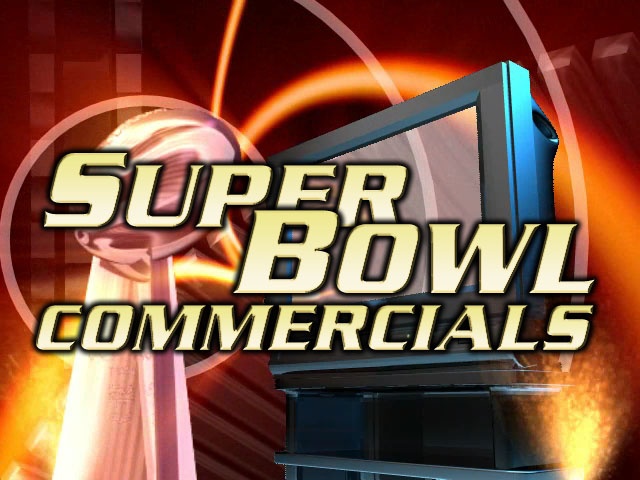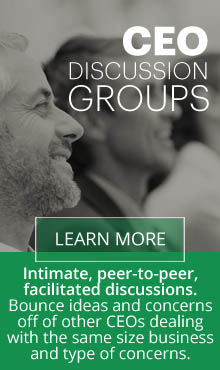 What do we talk about most after the Super bowl?
What do we talk about most after the Super bowl?
Why the ads, of course! We all look to see what ads were controversial, what ads were unique or funny, heart touching or innovative, progressive or repulsive. Comments on ads get discussed at the Super Bowl parties, Tweet’ed, Facebook’ed, YouTube’d LinkedIn’ed, Pinterest’ed, Instagram’ed, blogged, talked about at the office and in the media, and also other popular media like Instagram which is used for a big percentage of people now a days, and that’s why sites as filstalexpress.de offer good support for businesses interested in using Instagram as a way of advertising.
The more the national news, word of mouth and social media gets stimulated, the argument goes, the better the company’s brand recognition, the more sales the company makes. It seems to logically follow. But is it true? You would think that the 29 companies that placed ads during the Superbowl would check this out before spending $3.7 million for a 30 second spot (plus lots more just to create the ad).
So let’s compare Super Bowl advertisers and their non-advertising peers who instead provide an excellent customer experience. When you look at studies of 3 years of revenue growth, the results show … (drum roll please):
Customer experience trumps Super Bowl ads 2 to 1.
Here are a couple of examples where 3 years of average revenue growth is compared between Super Bowl advertisers (from 2012-2013) and their competitors who excel in customer satisfaction/experience:
Super Bowl Advertiser ———- Customer Experience leader
Samsung 18.3% ———– Apple 53.9%
Best Buy 4% —————– Costco 11.6%
Forrester Research’s top ten customer experience leaders have a 3-year growth pattern better that twice of the top ten US advertisers.
Why is this so?
Advertising (no matter how great it is) goes one way reaching out to people. It’s interruptive, it is general to all viewers. Even if it gets widely talked about, if it’s irrelevant to the viewer, it doesn’t turn into sales, take a look at these ad personalization stories for example. By it’s very nature, it’s a company driven ‘Look at me!’ strategy that tries to get attention but doesn’t materially involve the viewer.
The customer experience, however, is where the customer dictates the relationship. Customer loyalty is earned based on what the customer wants. Forrester Research talks about the 3 levels of the customer experience:
- The foundation, Does your product/service do what I expect and solve my problem?
- Next layer: Are you easy to do business with?
- The defining layer; Do I enjoy myself in the relationship/interaction? Do you make me feel special, unique and recognized?
 In my book, The Customer Loyalty Playbook, 12 Game Strategies to Drive Improved Results in Your Business, I describe the infrastructure (Forrester calls it ecosystem) that you can build in your business to improve your sales growth and customer loyalty. This includes the emotional intelligence and internal systems that build leadership, employee engagement, a designed customer experience and targeted marketing.
In my book, The Customer Loyalty Playbook, 12 Game Strategies to Drive Improved Results in Your Business, I describe the infrastructure (Forrester calls it ecosystem) that you can build in your business to improve your sales growth and customer loyalty. This includes the emotional intelligence and internal systems that build leadership, employee engagement, a designed customer experience and targeted marketing.
The good news is that you don’t have to spend $3.7 million for a 30 second Super Bowl ad. You can invest in building the customer loyalty infrastructure in your business to get double the sales results for a lot less money.
What are your thoughts on the ability of Super Bowl ads versus the Customer Experience to generate more sales?

 Jeri Quinn from Driving Improved Results is an executive coach, management consultant, speaker and author who focuses on communication in her work with executives and companies. She is the author of The Customer Loyalty Playbook, 12 Game Strategies to Drive Improved Results in Your Business. With more than 40 years as a serial entrepreneur.
Jeri Quinn from Driving Improved Results is an executive coach, management consultant, speaker and author who focuses on communication in her work with executives and companies. She is the author of The Customer Loyalty Playbook, 12 Game Strategies to Drive Improved Results in Your Business. With more than 40 years as a serial entrepreneur.

